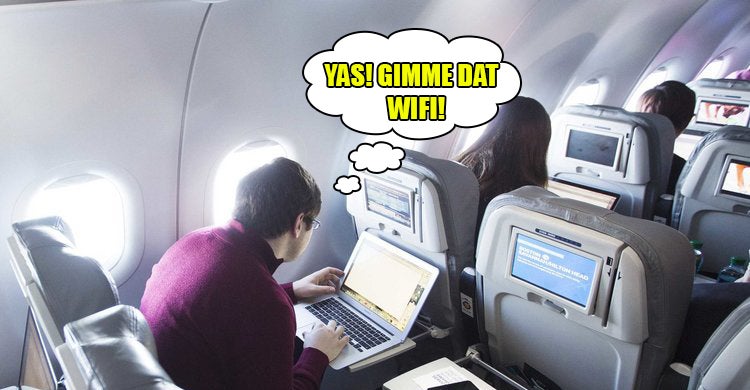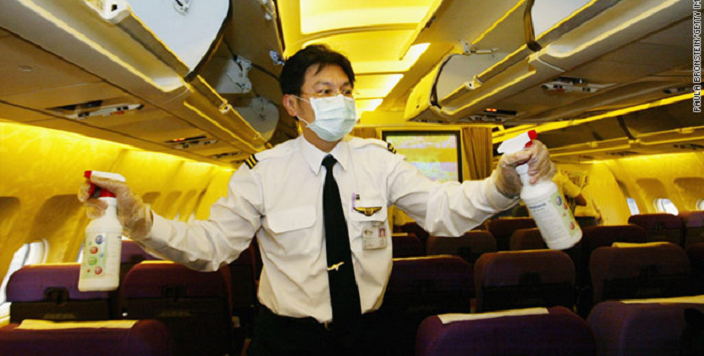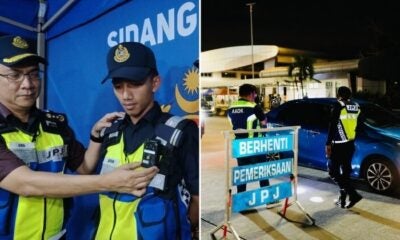WiFi feels like such a necessity nowadays to most of us. We do so much through the Internet that it feels strange not to be online. With technology being what it is, we’re actually seeing more planes with WiFi availability in Malaysia, which is an improvement.
BUT, is fast WiFi actually possible?
Most of us wouldn’t even trust the WiFi connection speeds at our own homes, let alone the ones on planes.

However, high speed internet is possible! One of the main reasons for slow Wi-Fi in airplanes is the limited amount, as pointed out by Norton, “3 MHz is shared with hundreds of passengers, while a typical home has 20 to 160 MHz shared with the few inhabitants of the home.”
Don’t fret though as high speeds are possible. Yes, in the future, we’ll be able to stream music and videos while flying. Unfortunately, it’s going to take awhile. And this is in the United States. So you can just imagine, how long it’s going to take for the technology to be available for us here in Malaysia.
How do I get WiFi on the plane?
And does it really work?

Right? That’s why we did a bit of digging and looked into this. As it turns out, there’s actually 2 ways we can get WiFi on planes:
Air To Ground Method
There are 3 types of Air To Ground methods and they differ in terms of their technology.
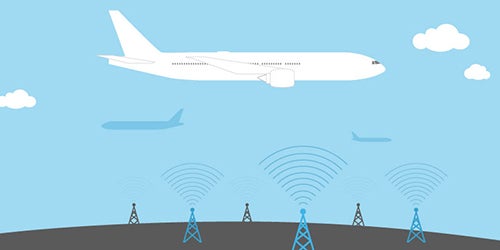
Source: Hackademic.in
1. Cellular Communication
- Uses ground-based cell towers (which are usually bigger than the ones used for phone)
- It sends signals up to an aircraft’s antennas (often found on the base of the fuselage).
- As you travel into different sections of airspace, the plane automatically connects to signals from the nearest tower, so there is (in theory) no interruption to your browsing.
- However, large bodies of water or particularly remote terrain can affect connectivity.
2. Microwave Antenna
- Improved systems use microwave antenna mounted on the top of the aircraft under a radome (structural weatherproof dome).
- It connects to special ground based microwave transmitting/ receiving dishes mounted on towers.
3. Combination of satellite and microwave
- The latest systems use satellite datalink to upload to the aircraft whilst microwave communication is utilised to download back to ground stations below.
All of these methods work by some means of ground communication, which enables the signals to pass in the same way you get WiFi on the ground.
Satellite Method
This method is the direction that all airlines are moving towards when it comes to offering WiFi. Here’s how it works…
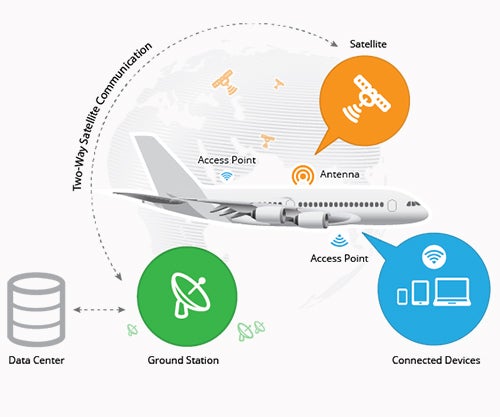
Source: Altitude
- An antenna located on the rear of the plane’s hull connects to the closest satellite and brings the signal on board.
- These satellites are usually in geostationary orbit (which matches earth’s rotation on its axis).
- The satellites exchange signals with various ground stations on earth.
- It uses a different frequency than cell towers.
- 3 different levels of speed: L-band (max 422kbps per channel per airplane), Ku-band (tops out at around 20-40Mbps per airplane), Ka-band (near future, satellites launching soon)
- In the case of long-haul flights, there will likely be a hand-off from one satellite to another when moving between coverage areas.
- Allows for use over water and provides faster service.
- Stable connection is best between an aircraft and satellites when in clear, cloudless skies or over the cloud cover.
On top of that, here’s a couple of things about the WiFi on planes you might not have known…
Things About Plane WiFi
- The connection speed depends on what sort of system the aircraft is using.
- WiFi availability also relies on the system but also comes down to certification from air traffic authorities.
- The most developed infrastructure comes from the United States of America.
- The Ka-band promises to bring even higher levels of speed to WiFi on planes, so keep an eye out for it.
Here’s how you can access WiFi on different airlines
1. Air Asia
- If you’re a BIG member, you can actually get free 2MB data for WiFi on board certain flights.
- All you need to do is connect to an AirAsia ROKKI hotspot and login with your BIG account at rokki.com while you’re on the flight.
- Otherwise, you can purchase different amounts of data: RM8 for 3MB, RM17 for 10MB, or RM68 for 50MB.
- You can check here if you’re eligible for WiFi on your flight.
2. Malaysia Airlines
- You can purchase different amounts of data: RM3.92 for 8MB, RM19.58 for 20MB, or RM78.32 f0r 150MB.
- Only available on their A350 planes.
- Check here for more info.
3. Malindo Air
- Just connect to the Malindo Air WiFi Network.
- Launch or refresh the browser or head to Malindo Air to get to the portal.
- Purchase a session according to the following packages: RM4.89 for Social Media (Lite), RM38.96 for 1 hour, or RM62.46 for a full 6 hour flight.
- Login and start surfing.
- Further info can be found here.
Do check out the airline that you’re travelling with to see if they have WiFi available if you really need to stay connected.
As you can see, it takes a lot of effort for us to be able to get WiFi and even more so to be able to surf the Internet while we’re in the air. Let’s just hope that as the years pass, we’ll see even more upgrades to speed and more opportunities for everyone (especially here) to get connected.
Also read: 6 Dirtiest Areas On Airplanes You Should Know About

